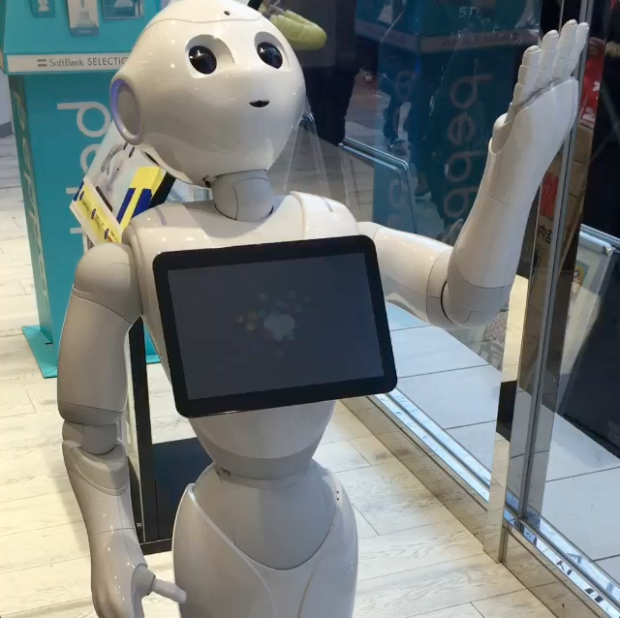Automation: friend or foe?
The debate regarding automation is becoming increasingly charged as technology progressively continues to permeate ever-increasing sectors of society. While on the one hand users scoff at self-check out tills in supermarkets, I’m not entirely convinced that shop assistants in the UK can offer a better service. Reflecting back on a recent trip I have felt even more alienated as the people “serving” me look utterly perplexed when they are challenged to engage in conversation other than stating the price and asking which method of payment I would like to use. I usually leave the till disappointed and question whether a robot would in fact be capable of offering me better customer service because it would be programmed to do so.
A recent white paper published by the Association for Advancing Automation (www.a3automate.org, April 2017), puts forward several arguments regarding career sustainability and changing job titles as tasks evolve and shift more heavily towards automation. Automation is nothing new, society has been relying on machines as early back as the industrial revolution, what is new however is the way that society needs to adapt and implement the appropriate changes as the skills required to support the technological advances that evolve.
Many argue that robots will deprive many manual labour workers of their employment opportunities; I however would argue very differently and believe that there is room for both manual and automated labour. Unimate, the industrial robot designed by General Motors in 1961 was considered a welcome relief from the heavy duty lifting and welding work that was deemed unpleasant and dangerous by blue-collar workers that had previously carried it out. In today’s society many of the most advanced robots continue to be those designed for industrial purposes as automation seems to provide an attractive technological solution to increasing labour costs in societies like China, South Korea and Japan where there is still a strong emphasis on production. Many in fact see a clear correlation between automation and manufacturing and claim it could save the manufacturing industry in China.
Robots have also had a considerable impact on white-collar jobs or knowledge workers. Robots that replace white-collar workers have weaved their way into society in many contexts. In some societies, autonomous humanoid robots are already replacing shop assistants and bank tellers, which demonstrates the societal changes and trends towards the use of robots to replace human workers in white-collar jobs. While the predicted abundance of robots in society and the effect they will have on the human labour force in white-collar jobs is perceived as a threat by many, I do not share the same view. Automated machines have been integrated into our lives without a second thought, providing quick solutions in many contexts. Long gone are the days of queuing at the bank during banking hours to withdraw cash, or queuing to buy a train ticket. These machines are considered unobtrusive and their existence is not challenged yet they are replacing white-collar workers. When the machine takes on a humanoid form however, the convenience is often perceived as a threat. Maybe this is due to lack of confidence in humans to believe they are able to carry out a task as efficiently as a robot, and to return to the beginning of this post, maybe that explains the increasing lack of apparent customer service skills nowadays.
20 years ago we could never have imagined the impact of digital technologies on society. Maybe we need to embrace the automation age and consider the opportunities for career prospects as the rise for new careers and industries based around automation continue to grow. Instead of creating skills gap perhaps we should consider training options that embrace automation and the changes it has created in our society, irrespective of the sector we work in. Research and development investment in technology will continue, and this includes automation. I prefer to be making the necessary changes to be prepared for what is next to come, and to be served by humanoid robot shop assistants that are guaranteed to smile and be courteous to ask if everything is okay and if I would like any further help, but that is just me personally..




